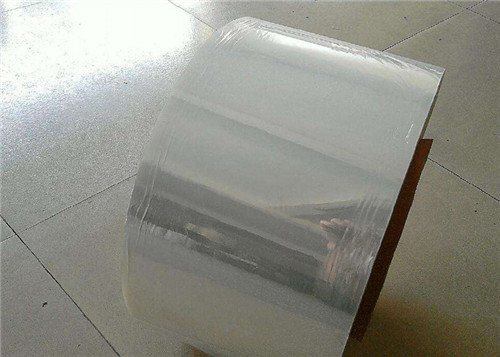In order to reduce the impact of noise on us, most users will choose some sound-absorbing materials when decorating the room. It is a product that can absorb and reduce noise, but it must match the acoustic characteristic impedance of the surrounding sound transmission medium. So that the sound can enter the sound absorbing material without reflection, and the incident sound can be absorbed by most, so what are the sound absorbing materials? Let's take a look with the editor. What are the sound-absorbing materials 1. Porous sound-absorbing material This type of product has excellent mid-high frequency absorption capacity, so it is very popular, and there is also an air layer behind it to absorb low frequencies. Generally, the most common ones on the market today are mineral wool, glass wool, felt, and wood wool Sound board etc. 2. Resonance sound absorption structure of perforated plate This kind of material is mainly used to absorb intermediate frequency. For high frequency, it needs to be combined with multiple hollow materials. The effect is better. Of course, if it uses a large cavity behind it, it can also absorb low frequencies. Board, perforated gypsum board, perforated metal board, etc. 3. Film sound absorption structure In life, we often see this type of sound-absorbing products, such as plastic films, canvas, etc., which are mainly used to absorb intermediate frequencies, but the film sound-absorbing structure formed by the film and the cavity behind it can also absorb low intermediate frequencies. 4. Curtain In the past, curtains were a very common sound-absorbing material. They were made of breathable textiles and were installed at a distance from the wall or the window hole. It was as if an air layer was placed behind the porous material. Sound effects. Mistakes in purchasing sound-absorbing materials 1. Porous structure = sound absorption? Many people think that the internal structure of the product has a good sound absorption effect, but it is not the case. For example, like polystyrene, polyethylene, closed cell polyurethane, etc., although there are a lot of holes inside, but there is no connectivity , So that the sound wave can not penetrate into the internal vibration friction of the material, so the sound absorption coefficient is very small. 2. Rough surface = sound absorption? Some products with a rough surface layer are often used by many users as sound-absorbing products. In fact, this is a wrong understanding. For example, brushed cement and stone with a rough surface. Although these materials have a rough surface, they have a high density and no internal Porosity, so it does not have sound absorption capacity. Summary: Ok, the above is about the content of sound-absorbing materials . I hope to provide you with some help. I believe that in the future selection of sound-absorbing materials, friends will not be confused and choose a satisfactory product. . What, the decoration still uses his own money? ! The Qi family is decorated in installments, with an ultra-low annual interest rate of 3.55% and a maximum loan of 1 million. Apply now to enjoy the discount If you are interested in brand cooperation, content cooperation, and advertising of this website, please send an email to :. Linear High Bay,Garage Light Linear Highbay,Led Linear Highbay Light,High Lumen Linear High Bay Light Fuonce-Lighting , http://www.gdfuonceled.com


